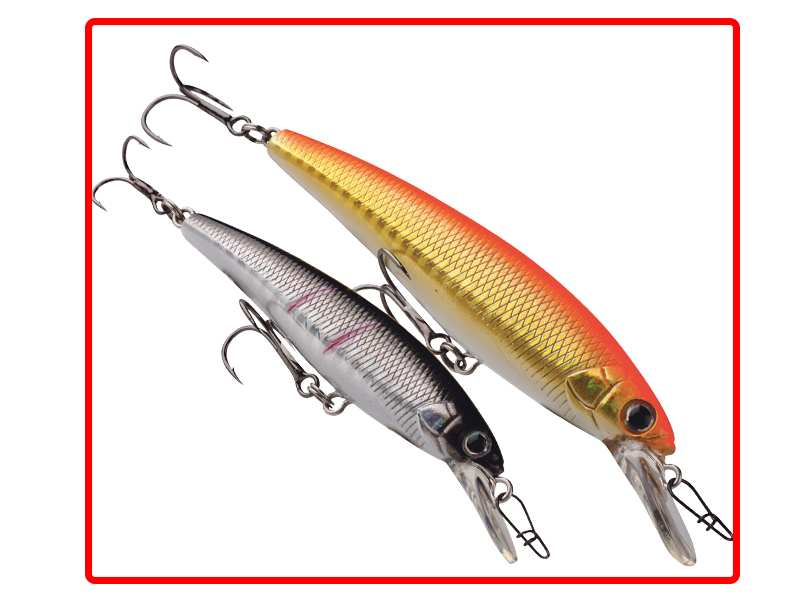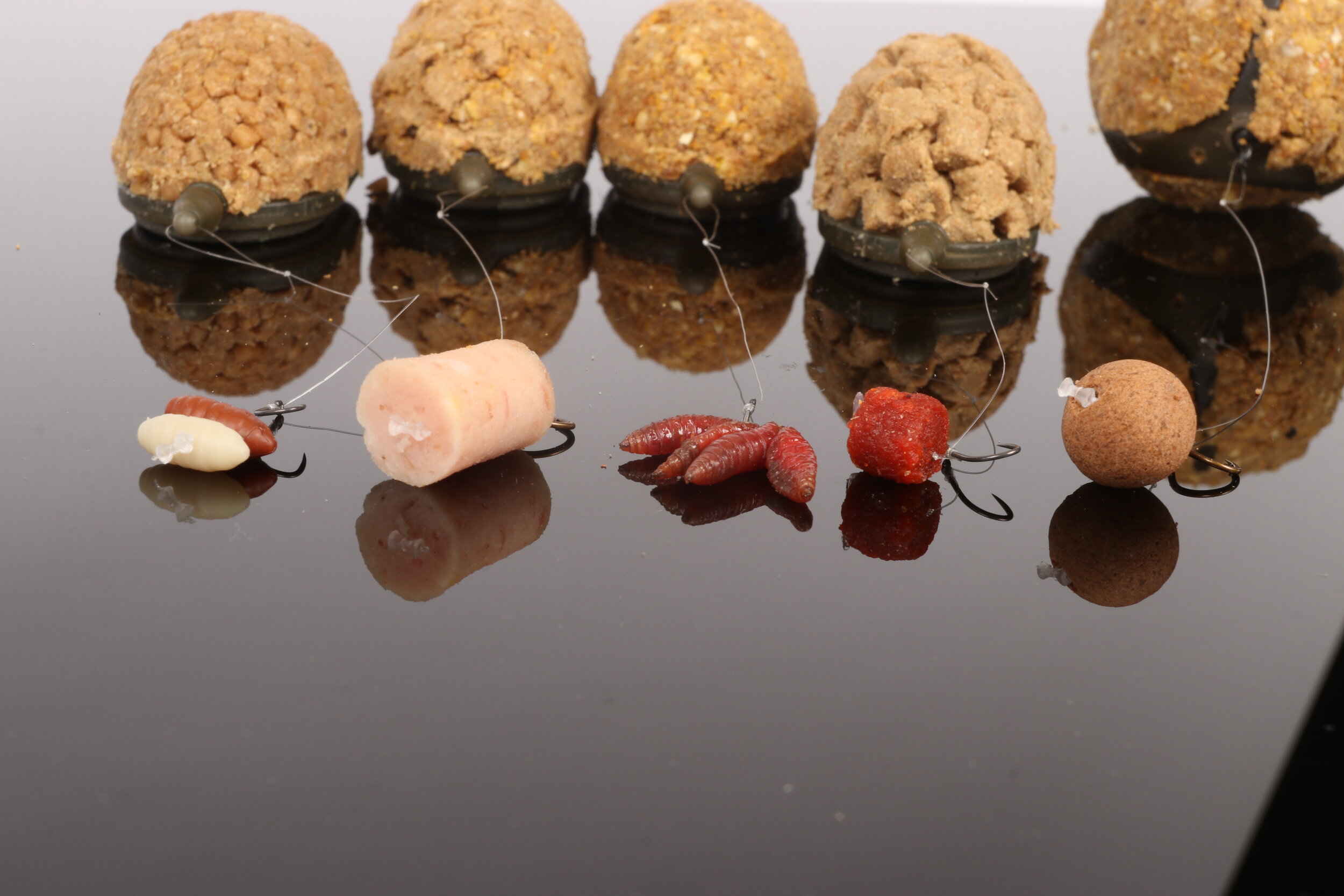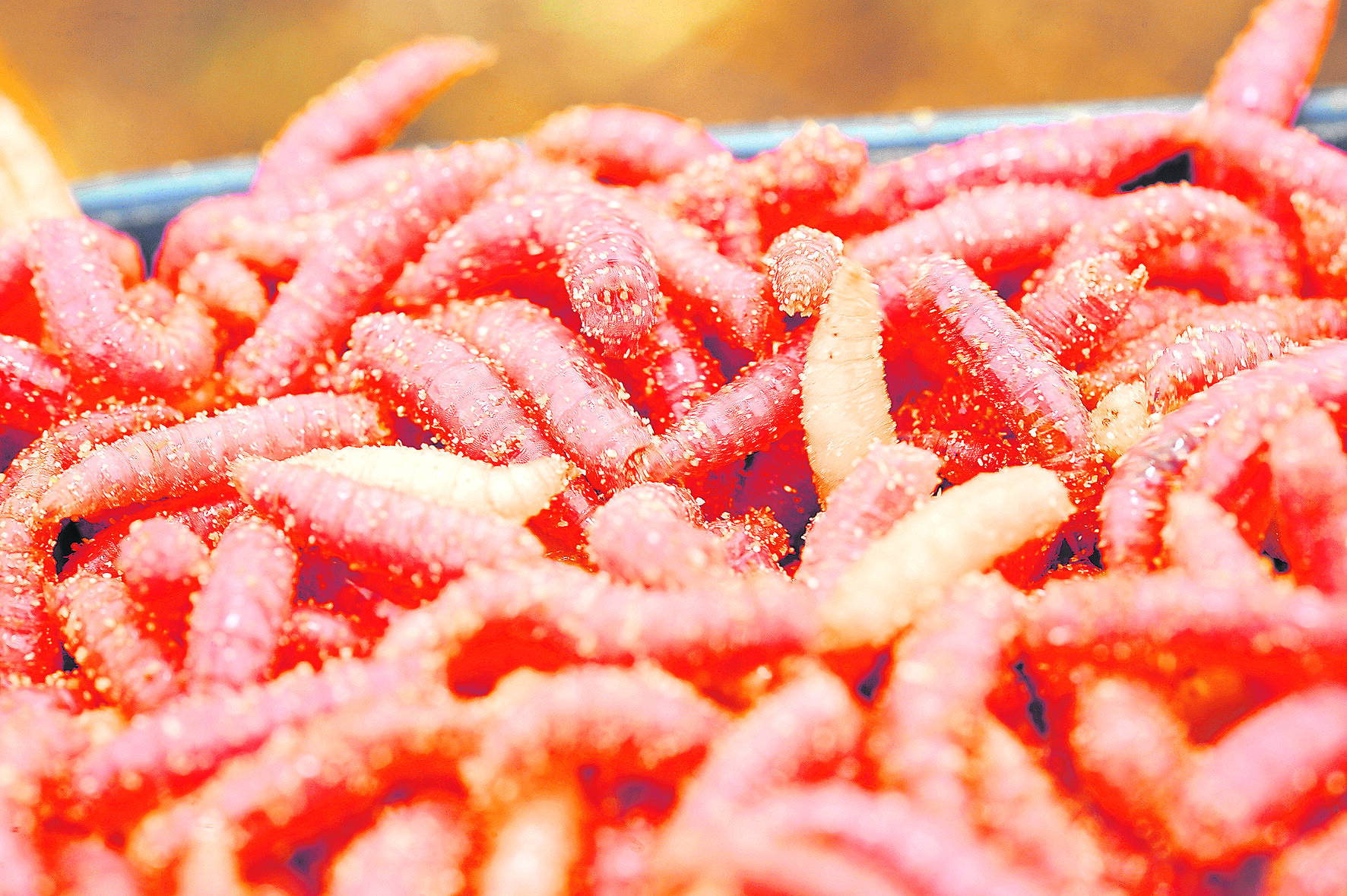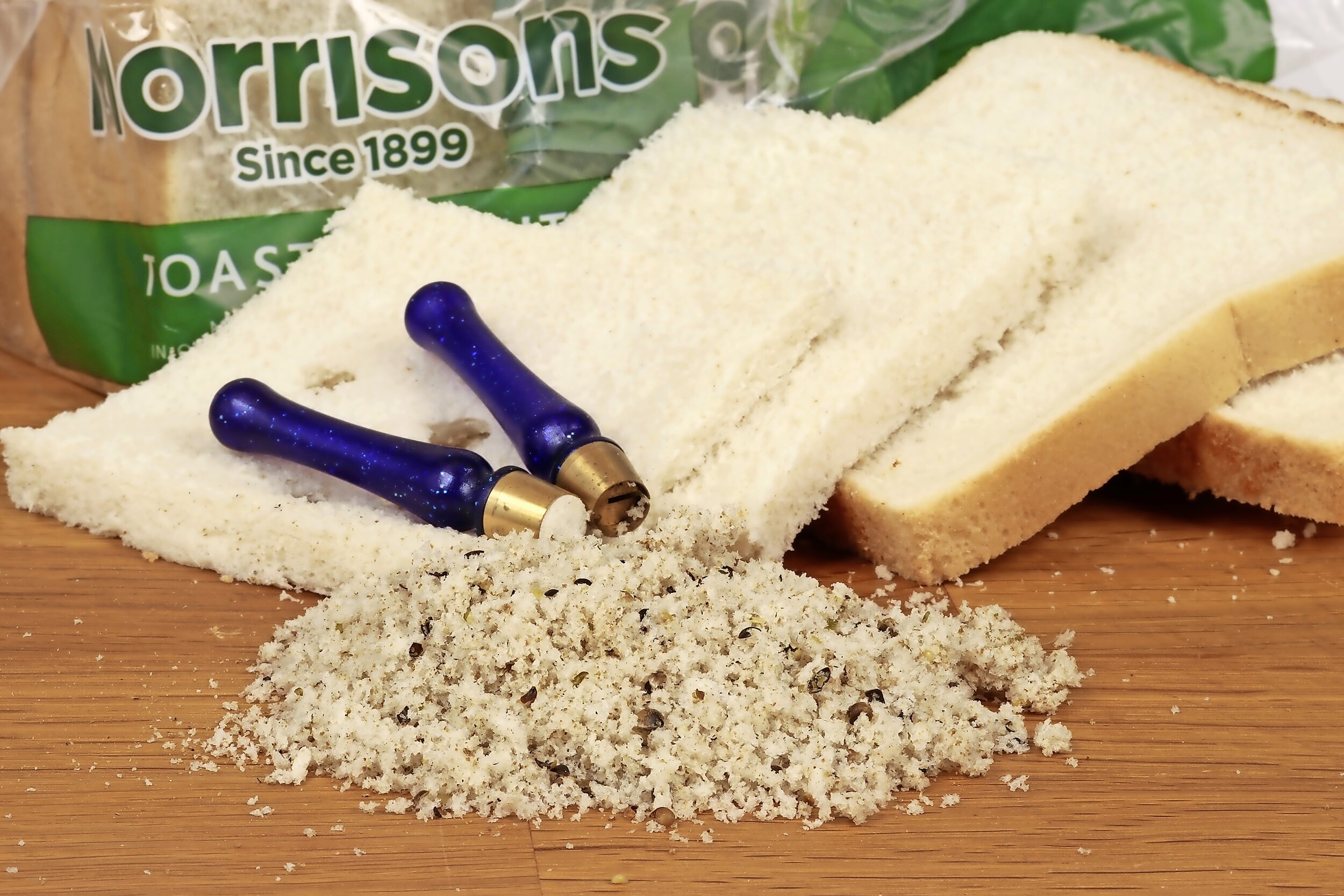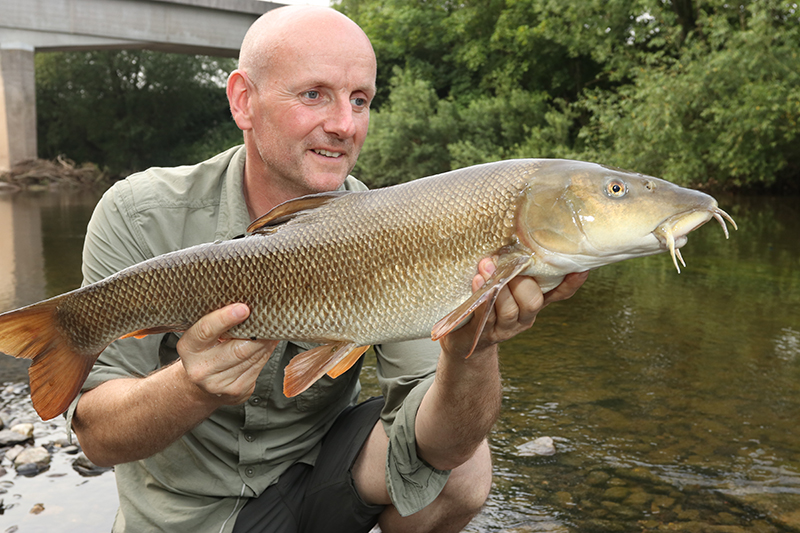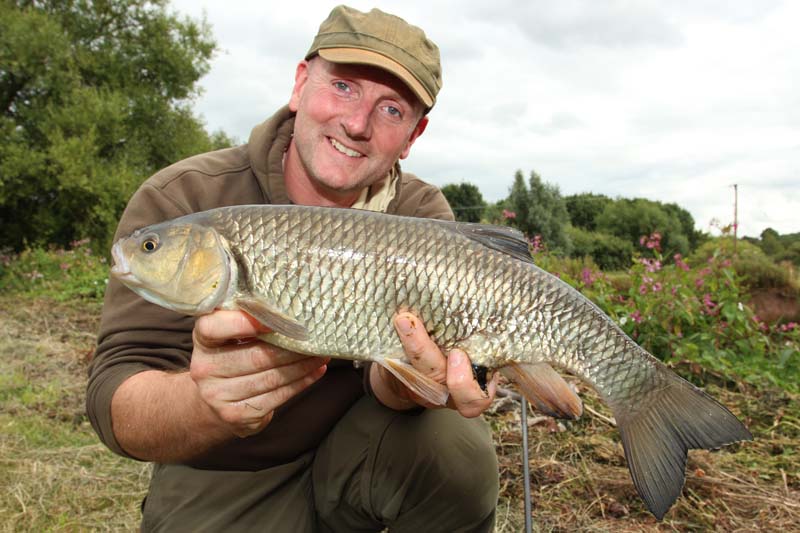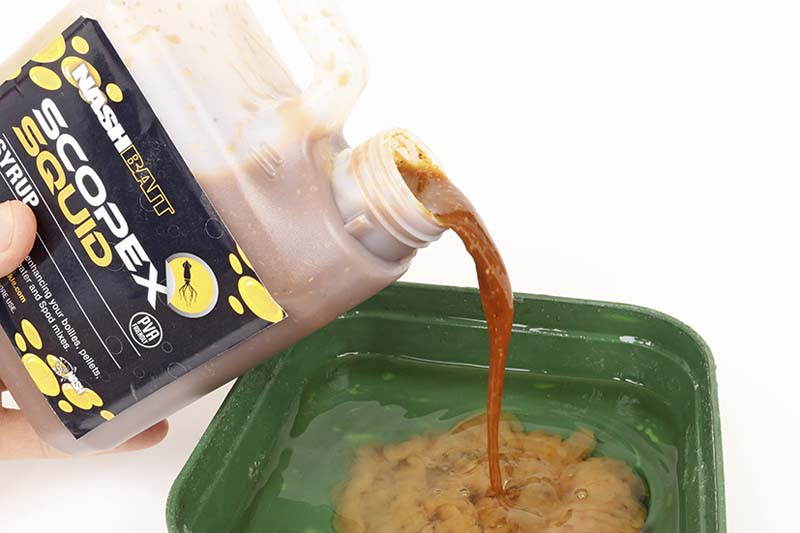Best baits to use to catch big perch
With the cold weather upon us it is time to start thinking about big perch and what baits to use when trying to lure a a PB into your net. We have taken a look at the best baits to be using right now when it comes to catching big perch.
For more great tips from top anglers head to this year’s The Big One Show
Worms
Few perch can resist a worm, with big lobworms picking out the specimens, while smaller redworms will catch smaller fish when the going is tough.
Lures
Perch will always chase a lure around, and small spoons and spinners take their share of fish – just be sure to use a wire trace in case of pike.
Livebaits
If fishery rules allow, a small live roach or minnow fished under a loafer-style float will produce, fished close to ambush spots.
Prawns
Commercial fishery perch seem especially fond of a tiger prawn fished on the float or sometimes freelined at close range.
CRUNCHY CRUSTACEANS
Signal crayfish are a scourge, but where you find these invasive crustaceans you also find big perch.
You can mimic crays with a raw peeled prawn, even on venues that do not hold crayfish. You don’t need very many prawns for a days fishing – I cut each one in half for a more manageable bait. Even so, a size 8 hook is required to match the bait size.
I never feed whole prawns, as they are very filling. On a cold day a perch might only need one to fill it up. Instead, I recycle used hookbaits by finely dicing them with scissors and feeding this ‘mush’ a little at a time.
If you are roving around and fishing several swims, a good tactic can be to introduce a bit of bait into the next swim before fishing it. Don’t go mad – a single mashed-up prawn or two chopped worms will be plenty to get the perch looking for more without overfeeding them.
Worms
I’VE yet to find a better bait for perch than the humble worm. The only problem is that they can be too good, and on venues with a lot of other fish it can be impossible to get through to the perch. On rivers in particular, though, worms reign supreme. Dendrobaenas are good, but there’s no denying that a lobworm is better by far.
With this year’s dry summer collecting lobworms has been difficult, but fortunately you can buy them easily, either from your local tackle shop or via mail order.
Lobworms are not a cheap bait, but as with prawns you don’t need many for a perch session. I will feed dendrobaenas and save the lobs for the hook to keep the price down, often using half a worm as a hookbait.
If I am floatfishing or planning on recasting a leger regularly I will simply hook the worm once through the saddle. The odd one will wriggle free, but this can be solved by hooking a maggot on after the worm to secure it.
When I expect the baits to be left out for longer, I will switch to a hair-rigged worm, using two Quick Stops to hold it on the hair.
This is a very effective presentation that allows the hook to be scaled down to a size 12 and gives very easy-to-hit bites, as the perch tend to hook themselves.
Attraction
Big perch will often be found in small groups, and it is important not to introduce too much bait. I am sure that on occasion my chances have been ruined when I have given the fish a few mouthfuls of food, which has been enough to satisfy their hunger.
Rather than try to attract the perch these days I focus on attracting their prey, especially on commercial fisheries, where small silver fish are top of their menu. A regular sprinkling of maggots will attract small roach, which in turn will get the perch active. In clear water try adding a small amount of groundbait too, as this will pull in more small fish.
Big perch really are a sight to behold, particularly on a frosty morning. I bet you can think of a few venues close to home that hold some nice fish, so what’s stopping you?
With just the simplest of tactics and a few well-chosen baits you could soon be putting the net under a plump stripey.
STORING LOBWORMS
Lobworms aren’t cheap or that easy to collect at this time of year, so it pays to look after them well.
Use a large bait tub with holes in the lid and add plenty of damp leafmould, some shredded newspaper and a little soil. Store the tub out of the sun in a cool but not freezing spot, and change the mix every week to keep the worms alive for several months.
Six bait tips to help you catch big fish
What a year 2017 was for big fish! We've asked bait expert Dr Paul Garner to give us his expert opinion on some of the best baits he has used over the past year. Maybe you can take some of these into 2018 and lad yourself some amazing big fish.
SELECTIVE SOFT PELLETS
Tight magazine schedules often mean that I find myself on the bank having to catch fish for the cameras way before the fishing has really switched-on for the year. So it was this spring when, with the water temperature still in single digits, I visited the lovely Milton Lake at Old Bury Hill Fishery in Surrey.
The plan was to catch tench, crucians and perhaps roach using a chopped worm and caster approach. Only nobody had told the fish!
With just a single net roach to my name on a dendrobaena I switched lines to a shallow spot tight to the reeds where I had been trickling in a constant stream of 4mm expander pellets laced with flavour and sweetener. The aim was to pick up a few of the lake’s crucians, but when the float shot under I found myself playing a big roach instead. After that the bites became more timid as the crucians moved in and I spent a lovely afternoon trying to hit as many bites as possible. The odd marauding tench kept me on my toes amid a rapidly growing tally of bars of gold.
The moral of the story was that it is rarely too cold for soft pellets, especially if you flavour them. What I didn’t expect was that, on this day at least, the pellets would so comprehensively out-fish my more natural baits.
TINY BAITS EQUAL BIG BARBEL
The first few weeks of the river season were unusually warm and on the usually prolific River Wye, rolled meat or trotted punched salami scored best with lethargic barbel.
Tiny meat baits have caught me many different species, often of prodigious proportions. For barbel it was more about using a familiar bait in a different way. Regular doses of hemp and punched meat, with a tiny piece of meat on the hair, became my go-to tactic right through the low water of summer.
ALIEN BAITS ON TOP
hunting through the shelves of my local koi emporium a few years back I came across a carp treat that was set to revolutionise my summer surface fishing.
Looking like something out of a sci-fi movie, silkworm pupae are a well-known gourmet treat for pampered Japanese koi. Carp go loopy for these thumbnail-sized floating insects, but straight from the shop they are crispy and break up when you try to hook or band them. Soak them for an hour, though, and they soften up enough to be hair-rigged, yet retain their buoyancy – perfect.
On a magazine shoot for Improve Your Coarse Fishing at Chad Lakes in the Cotswolds the fish were proving difficult to tempt off the top. A few hours later, and with five fish under my belt, it was job done, thanks to my bug-baits.
NOT-SO-DAFT PIKE
Pike are generally thought of as being rather daft and easy to catch, but sometimes, on some venues, I beg to differ. Of the numerous pike that I have caught more than once on lures, not one has ever been caught on the same type of lure twice.
One fish that was caught at least six times over several years by several anglers came out on tactics as varied as a fly, a jig and a crankbait, but never the same thing twice! Coincidence? No way!
The same can apply to deadbaits, and on a busy venue I will swap to unusual species once the pike have been fished for over a few weeks. In early spring, in very cold water, the problem is compounded by the low temperature reducing the metabolism of the fish. Needing very little food, and sometimes failing to pick up baits off the bottom, pike can be hard to catch. Now I always use critically balanced baits in the spring and I catch my share of big pike, like this immaculate 32-pounder from Chew Valley Lake last February.
SIMPLE DAY-TICKET CARP
A bout of illness kept me off the bank quite a bit through the summer, and to say I was itching to get back fishing would be the understatement of the century!
Short-session carp fishing proved to be the perfect medicine, with plenty of bites keeping me busy and some surprisingly good fish putting in an appearance.
My tactics were just about as simple as they come – a hair-rigged wafter boilie on a nylon rig and a lead big enough to cast the required distance.
No pop-ups, Ronnie Rigs or Chods in sight! On these prolific venues the key to catching more than the odd fish was to keep the bait going in. Using a Spomb to thwart the seagulls, a couple of handfuls of Scopex Squid boilies would be fed after every bite to keep the fish coming back for more. Bites would often come as the Spomb was still crashing down, proving that the fish were attracted, rather than repelled by all the racket I was making.
These sessions were brilliant fun and I started filming them for my YouTube channel - dr paul garner. I have lots more day-ticket venues lined up for 2018, including some that hold mightily impressive fish, and you can bet I’ll be using simple baits and tactics.
NEVER BEEN A BETTER TIME
For decades we have treated lure fishing as a second-rate tactic, but take it from me, for electrifying predator action this winter it’s the way to go. Not only will this mobile approach make the best of the short winter days, but there is nothing to touch the adrenaline-inducing ‘hit’ of a fish on a lure.
There’s never been a better time to take up lure fishing. The amount of information available is at an all-time high, so whether you choose to spin, chuck lures or drop shot, you can learn the right way to go about it.
The highlight of my autumn were the incredible perch that I chanced across in a large reservoir. Working a soft plastic Pulse shad close to the bottom I had a faint tap as soon as I stopped winding and let the lure flutter down to the bottom.
After such a gentle bite I wasn’t expecting a personal-best perch to pop up in front of the net but a giant it was, proving the effectiveness of my favourite perch baits.
Dr Paul Garner's 10-minute make | The chopped worm method
The Method feeder is a great way of catching tench – the combination of groundbait and chopped worm is hard to beat, especially with my secret ingredient, Krill powder.
Into a bait bowl add three parts of Dynamite Baits’ Swim Stim Green groundbait to one part Krill powder. Mix it up dry to start with.
Wet the groundbait slowly until it will stick well to a flat Method feeder. Leave to stand for a while until the water is fully absorbed.
Finely chop a handful of dendrobaena worms so that they are reduced to a fine mush, then mix the worms into the groundbait.
Use a Quick Stop on a size 12 hair rig to hold a worm in place. The stop can be pushed through the worm, but will then hold it securely.
Alternatively, try swapping the worm for an artificial caster on the hair. This will often produce extra bonus tench.
Five baits that you must use when coarse fishing!
Check out bait expert Dr Paul Garner's best choices for bait this year...
Choosing just five baiting tactics that you must use for when you go fishing has been a surprisingly difficult task for me. It’s a case of being spoilt for choice – after all, there are just so many ways to catch fish and almost as many baits to use.
In the end my list came down to baits that will not only catch you more fish, but ones that will help you bag a new personal best and experience some high-adrenaline fishing. You’ll notice that soft plastic lures for perch fishing appear on the list – although these are artificial baits, they are fished very much like naturals, and are just as effective.
Here are my top five baits to use – you won’t be disappointed!
1) Catch carp on surface baits
There is no better way of catching carp than off the top, especially if you can get them feeding close in. That heart-in-mouth moment when a big pair of lips engulfs your hookbait and the line tightens is a million times more exciting than sitting behind a set of buzzers.
Yet still so few people have caught on to the adrenaline rush – in the main, I guess, because it can be a frustrating tactic as the carp refuse point-blank to eat your hookbait. Take my advice and find a well-stocked venue to begin your surface fishing quest. Take some 11mm floating pellets and catapult these upwind of any carp you spot sunning themselves on the surface. Now wait.
Don’t even think about making that first cast until the carp are charging from one bait to the next in a race to beat their shoal-mates to the free grub. Only then is it time to flick a freelined pellet or marshmallow out – and success will be virtually guaranteed.
2) Target perch on lures
Numbers of big perch are booming at the moment, although history tells us that this won’t necessarily always be the case – back in the 1960s our stocks were almost wiped out my a mystery disease, and that could happen again without warning.
All the more reason, then, to make sure you bag yourself a specimen stripey this year. While the humble lobworm or a small livebait will account for a lot of chunky perch, soft plastic lures take some beating if you want to net a real biggie.
Drop shotting is the method of the moment – but it is not the only lure fishing technique to use. With the weight anchoring the small soft plastic grub tight to the bottom, drop shotting is great on days when the perch are close to the bottom. This is especially the case during cold weather.
Much of the time, though, perch can be found in midwater and a drop shot is likely to present a lure too deep. Switching to a bright green 2ins-3ins long paddle tail lure on a tiny 1/4oz jig head is then much more effective, as it can be retrieved at any depth. Simply count the lure down as it sinks, start close to the bottom and then with each cast reduce the time before you start the retrieve to fish at different depths.
3) Make your own gel hookbaits
With a plethora of brilliant baits available straight from your local tackle shop, you may wonder why I still insist on making many of my own baits. It has to be said that I enjoy ‘messing about with bait’, but I genuinely believe that making your own gives you the freedom to come up with something a bit different from the norm.
I think my home-made gel baits definitely give me an edge. I often use them with the Method feeder, but they are just as useful for other tactics. Using gelatine or Veg-e-gel powder, available from the cooking section of supermarkets, I can set any liquid or powdered additives into a firm bait that literally melts slowly in water. Best of all, I can make a batch of bait in just five minutes. This is very different to other Method hookbaits, and has caught me fish on days when other baits have failed to work and gives me total control of the bait I use.
4) Spray pellets for chub
On my West Midlands rivers chub numbers are booming, with shoals of hungry two to five-pounders providing fantastic sport on float and feeder. These fish have grown up seeing pellets nine months of the year, thanks to barbel anglers. So pellets are obvious baits to target these chunky chevins.
A small Kamasan Blackcap feeder loaded with 3mm pellets works well, but not only more effective, but much more fun is to fish a pellet waggler tight against far-bank overhangs and spray 6mm pellets.
Expect bold bites as the chub compete for the free food. For best results keep a constant flow of pellets going in – the longer you feed, the more the chub will lose their natural wariness and the more fish you will put in the net.
5) Use boilies for specimen barbel
If a big barbel is at the top of your bucket-list for 2017, take my advice and use boilies. You may not catch as many, but my trials have revealed a massive increase in the average size of the fish I have caught on big baits.
Don’t be afraid to go-large either – 18mm or 20mm baits, fished either singly or doubled-up, make a decent mouthful for a double-figure barbel. Expect to catch few male fish under 7lb, but the large females will be suckers for a decent meal.
Most barbel tend to be caught on savoury-flavoured boilies, simply because that is what most people use, but dare to be different. Sure, you will catch on meat or fish-flavoured baits, but curry spices work great, especially in colder conditions, and I have found sweet flavours to be equally effective. Chances are no one else will be using them.
There is no point in feeding hemp or pellets if you are fishing with large boilies. Stick to just large baits, introducing a handful of bait on a PVA stringer and catapulting the odd boilie upstream to top-up the swim.


